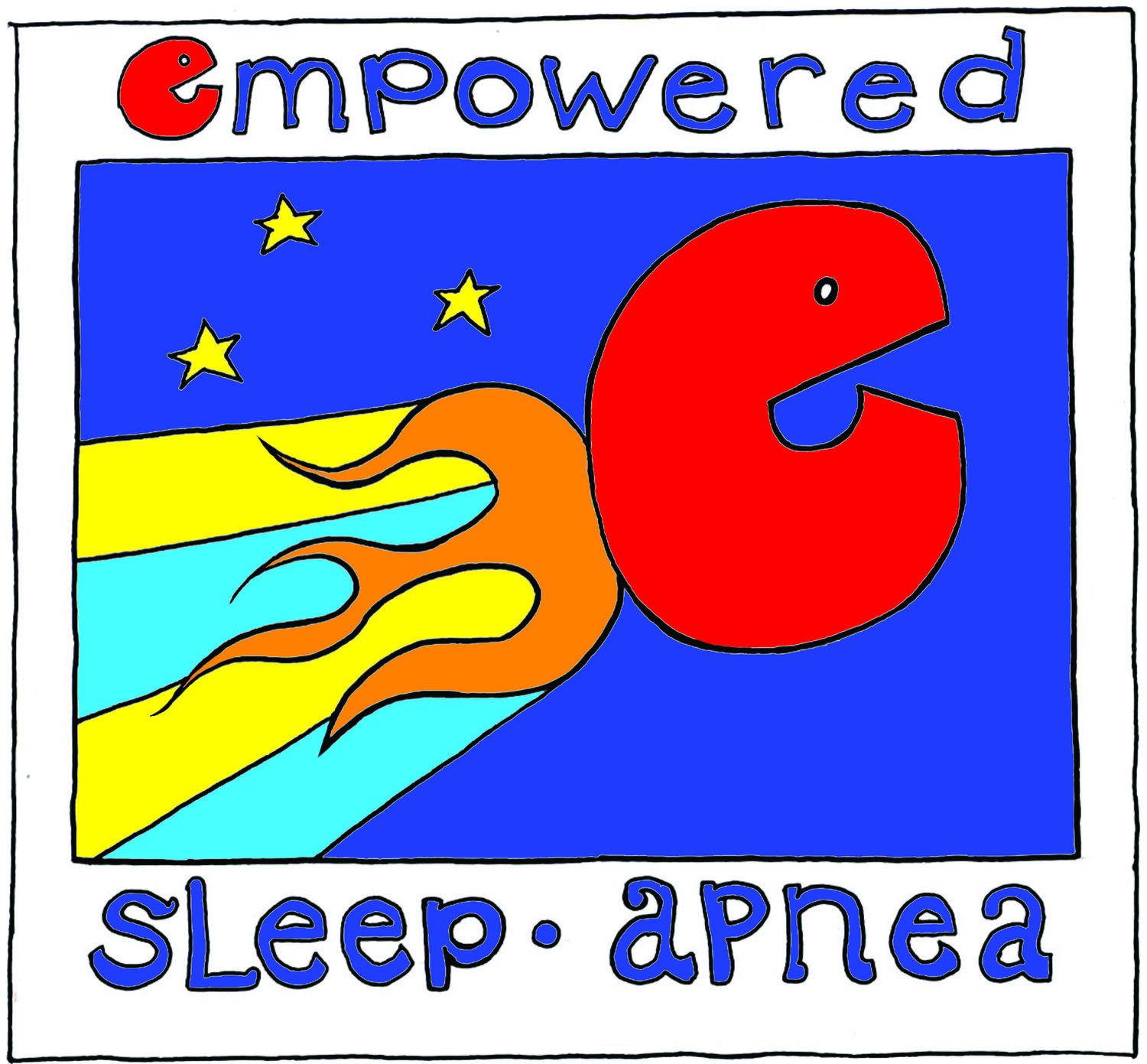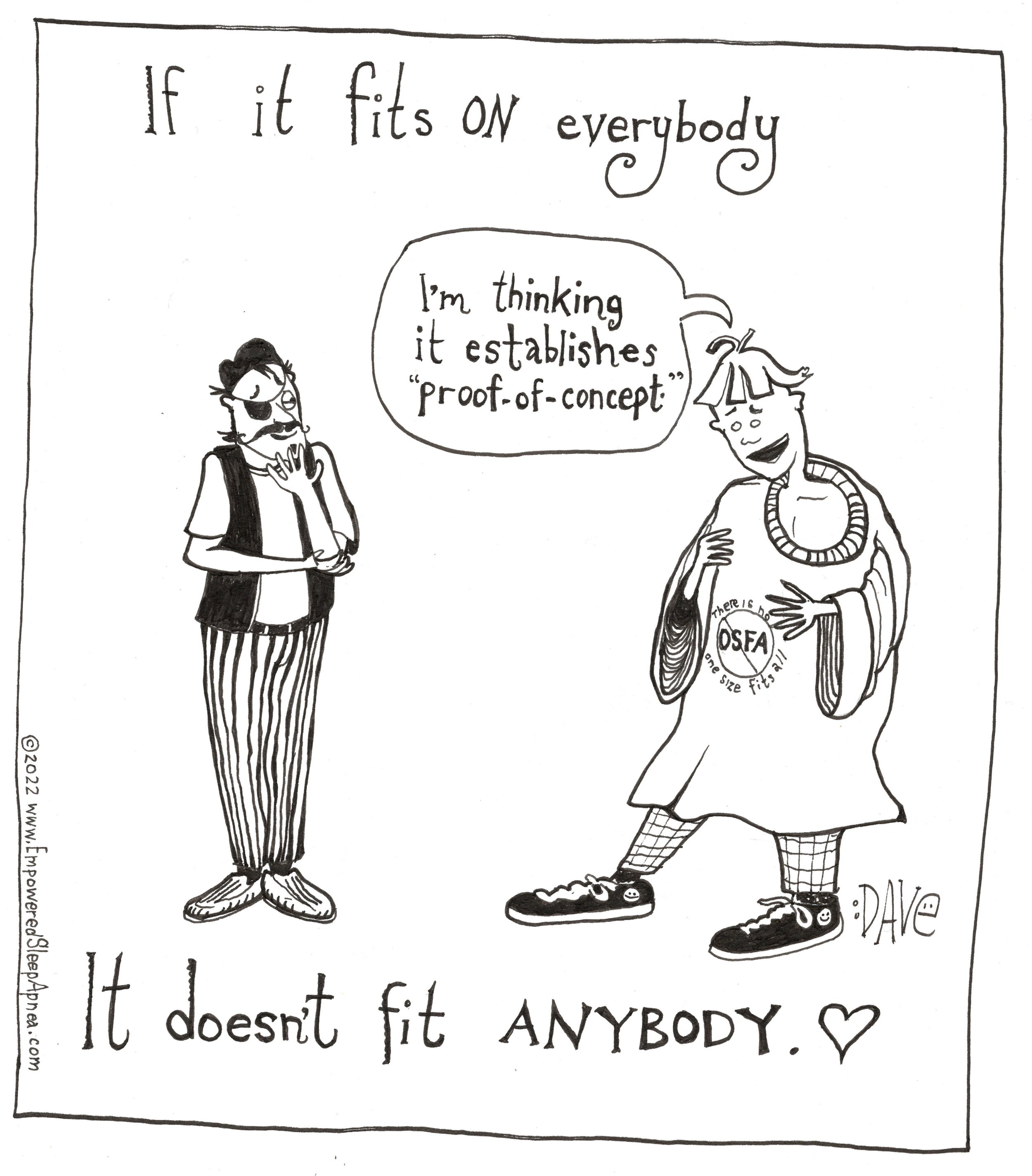There is No OSFA
OR: The Story About How Abandonment Trauma Hurts All Of Us, and How EMPOWERMENT is Our Salvation
~ ~ ~ ~ ~
November 17, 2022
By David E McCarty MD, FAASM (but you can call me Dave)
~ ~ ~ ~ ~
Modern medical care can be hazardous to your health.
I’m getting ahead of myself, again, so let me explain.
The other day, a former patient of mine emailed me an article about how private equity firms are purchasing procedure-heavy medical and dental practices and employing providers, as a profiteering enterprise. This particular article ended poorly for our tale of the invisible hand: the showcase of the piece was a two-year old child who died because the dentist did six root canals under IV sedation on the same visit. Six.
They did it, because they could bill Medicaid six times in the same day.
I’ll say that again. They did it, on a two-year old, because they could bill for it.
Let’s let that gasp sink all the way down into your heart, and wait until it burns there, just for a second.
OK.
Now this:
One of my dentist friends told me about emerging evidence that noninvasive strategies may be just as effective as these super-invasive operations for managing this sort of thing in young ones.
Wow.
How’s that sore spot in your heart feeling, now?
I want all of us to take a moment and sit with that rage. As painful as it is, I want us to watch the life-trajectories of two grieving parents, as they learn not only that their child was subjected to cruel amounts of anesthesia for the purpose of a quicker profit, but also that the operation may not have been necessary at all.
I wonder how anybody will ever trust somebody wearing a white coat again, after something like that? This trauma is mind-bending, seismic, catastrophic.
This trauma hurts all of us.
See, stories like this create collective trauma. Stories like this are hurtful enough to permeate the hive mind.
All of us are (righteously) outraged. Some of us will follow this story, waiting for the sweet schadenfreude dessert we’ll devour when some creep has to pay big for this. For others, it’s too painful to watch, and we go back to work, redoubling our efforts to notice one another’s humanity. We stop watching, but we can’t forget.
All of us feel violated. All of us wonder about our own vulnerability, and our own safety.
Therapists who study trauma call this type of an event—where a sworn caregiver is negligent, self-serving, and derelict of duty— abandonment trauma. The place it injures us is our heart, creating a new form of injury: moral injury. This causes a particularly nasty form of emotional suffering, because it carves into deeper feelings about worth and security. The pain of abandonment trauma is deep and exquisite, and the rage that it kindles is white-hot. Both providers and patients feel it.
The hurt of abandonment trauma has a vile smell. Once it gets out into the general environment, we all know it’s there. We all smell it.
And once it’s on your mind, it’s hard to put it aside.
“Why isn’t that clinic calling me back? I’ve left two messages! They certainly wasted no time getting ahold of me when they wanted to sell me a CPAP machine!”
Never mind that a downed tree took out the power at the clinic that morning, and the providers and staff were scrambling to handle the patients in person with no computers and no phones.
That’s not the part of the story you’ll remember.
The vile smell makes you jump to conclusions.
Priming Matters
In a healthcare setting, the hurt of abandonment trauma is a beartrap that injures both the patient and the provider. Patients who are caught in it feel desperate. They’re more likely to fire their providers, abandon their treatment prematurely, and seek solace with alternative providers who’ll actually listen to them, vending who-knows-what? therapies. Some will abandon the medical system altogether, telling tales of woe and mistreatment for the remainder of their days. The depth of suffering is unknowable.
Meanwhile, the smell gets more pungent.
Providers who fight the good fight every day get caught in this beartrap, too. Patients arrive to clinic, arms crossed and scowling, pushing back at therapeutic recommendations, accusing providers of being crooked salesmen. I’ll just say it: there’s no training in medical school for how to emotionally brace yourself, when a perfectly functional 50-year-old engineer looks you in the face and calls you a self-serving quack.
Human nature: you crouch into a defensive position. You provide a perfunctory and weary explanation of the risk of non-treatment. Medicolegally this MUST include a discussion about how untreated Sleep Apnea can increase the risk of stroke and cardiovascular death.
You can’t NOT say it.
Defensive Medicine
When the patient leaves in a fit of rage, feeling like they’ve been browbeaten by threats, the provider can do nothing but raise their hands in defeat and announce: “Well, sadly, we can’t reach everyone…”
All of this, as usual, is leading to an ultimate point, which is this: for a problem as complex and nuanced as Sleep Apnea, there is no One Size Fits All solution.
There is no OSFA.
I spent most of my career trying to understand the mechanism of that beartrap I mentioned. I saw it as a form of system-induced suffering.
A new form of pain, springing seemingly from the air we breathed.
I stepped into that beartrap nearly every day, trying to figure out how it works, and sometimes I got pretty banged up by it. With time, I figured out the things people needed to know, in order to help them self-extricate. I figured out which bits of knowledge folks needed, so they could feel a sense of agency and re-establish an effective partnership with me.
Wanna know the secret? Empowerment. That’s the secret.
Empowering patients is what heals the trauma of abandonment. Empowered patients feel secure and safe. Empowered patients help providers find the right road to their own healing. Empowered patients are more likely to find success in treatment.
There is no OSFA.
There are FIVE REASONS TO TREAT.
There is no OSFA.
Some reasons may be important to you, others: not at all.
There is no OSFA.
Don’t let anybody start you on treatment unless you know WHY it’s being recommended.
There is no OSFA.
KNOW YOUR FIVE REASONS.
There is no OSFA.
…
This has been a public service announcement.
:)
…
Now: a new cartoon! A little something I’m calling…you guessed it!...There is No OSFA.
Happy Thursday Life-Fans! Huzzah, EMPOWERMENT!
There is No OSFA
Recommended Reading:
~ ~ ~ ~ ~
N.B. The cartoon There is No OSFA was adapted into an essay-cartoon combination for print media, appearing as: McCarty, DE. There is No OSFA: How the Many Moving Parts of Sleep Apnea Demands Precision Medicine. Dental Sleep Practice. 2023;10(1) 18-20




